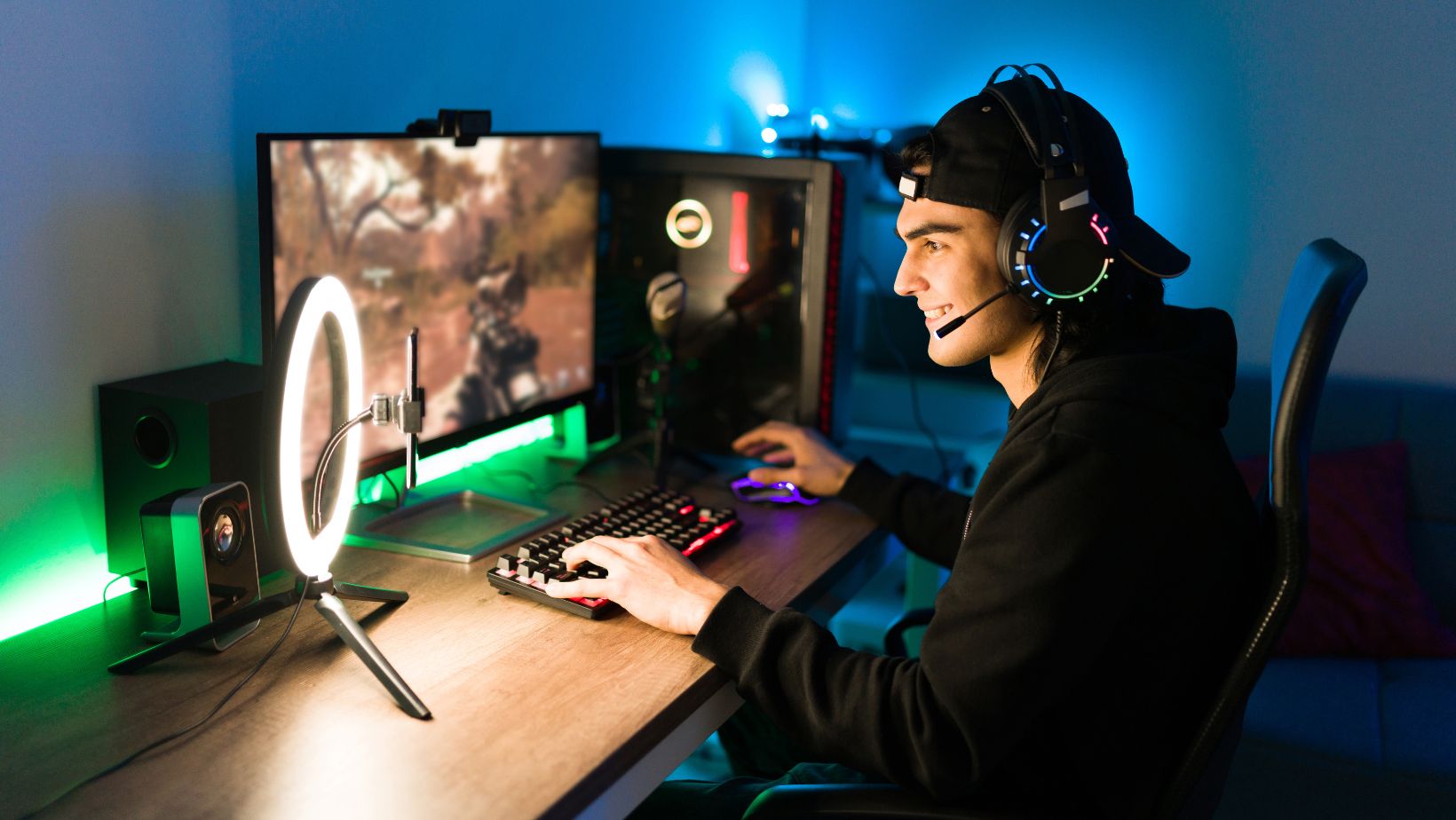Video Game Dilemma: Is It Hardware or Software That Rules?
In the ever-evolving world of video games, a common question arises: is a video game considered hardware or software? This query not only piques the curiosity of gamers but also those intrigued by the technological aspects behind their favorite pastimes. Understanding the distinction between these two components is crucial for anyone looking to deepen their knowledge of video gaming’s inner workings.
The Role of Hardware and Software
Video games unite hardware and software to create interactive experiences, requiring a console or PC (the hardware) to run game titles (the software). Hardware constitutes the physical components, like consoles, PCs, controllers, and VR headsets, laying the foundation for gameplay. Software, encompassing the game itself alongside operating systems and drivers, instructs the hardware on presenting the game world to players. This partnership ensures games are not only playable but also engaging, with hardware and software advancements continually elevating the gaming experience.
Exploring Video Game Hardware
Types of Gaming Hardware

Gaming hardware encompasses a variety of devices designed to enable and enhance the playing of video games. These devices, crucial for the interactive experiences games offer, serve as the physical platform on which software operates. Common types of gaming hardware include consoles, such as PlayStation and Xbox, which are dedicated systems designed specifically for gaming. Personal computers (PCs), offering versatility and high configurability, cater to gamers seeking advanced graphics and performance. Handheld devices, like the Nintendo Switch and mobile phones, provide gaming experiences on the go with portable convenience. Controllers, joysticks, and motion sensors translate player actions into in-game responses, allowing for interactive and immersive gameplay. Gaming headsets, VR (virtual reality) headsets, and other peripherals enhance sensory experiences, delivering audio and visual elements in more engaging ways.
How Hardware Influences Gaming Experience
The type and quality of gaming hardware directly influence the gaming experience by determining the performance and realism achievable in video games. High-performance consoles and PCs can render detailed graphics and smooth frame rates, making games more visually stunning and responsive. This hardware capability allows developers to create more complex and immersive game worlds, elevating the overall enjoyment.
Delving Into Video Game Software
The Essence of Gaming Software

In the realm of video games, software acts as the soul, breathing life into the static hardware components. It encompasses the games themselves along with the operational systems that manage the hardware, enabling a seamless integration of player inputs with on-screen actions. This software layer translates complex code into vivid, dynamic gaming worlds, ensuring that each press of a button or flick of a joystick yields an appropriate and satisfying response within the game. Developers leverage various programming languages, graphics designs, and interactive storylines to craft these engaging digital experiences.The design and ergonomics of input devices, such as controllers and keyboards, also play a significant role in the gaming experience. Well-designed controllers improve user comfort and precision, enhancing engagement and reducing the risk of strain during long gaming sessions. Moreover, specialized hardware like VR headsets introduces gamers to new dimensions of realism by offering immersive, 360-degree environments that mimic physical presence in virtual worlds.
Examples of Gaming Software
Video game software spans a broad range of genres, functions, and platforms. Examples include:
- Mainstream Game Titles: These are the video games people play on their consoles, PCs, and handheld devices. Examples like “The Legend of Zelda” for Nintendo Switch, “Call of Duty” for PlayStation and Xbox, and “Minecraft” for PC and consoles showcase the diversity in gameplay, themes, and target audiences.
- Operating Systems (OS): Platforms like PlayStation OS, Xbox OS, and the software running on Nintendo devices are specialized forms of software designed to interface directly with the console’s hardware. They manage game operations, internet connectivity, and user interface.
- Game Engines: Tools such as Unity and Unreal Engine provide a software framework for game development. These engines offer developers pre-built functions for physics calculations, environmental rendering, and AI behavior, streamlining the creation process.
- Digital Distribution Platforms: Services like Steam, Epic Games Store, and PlayStation Network serve as marketplaces for purchasing and downloading games. These platforms also provide software tools for game updates, social networking among players, and digital rights management.

